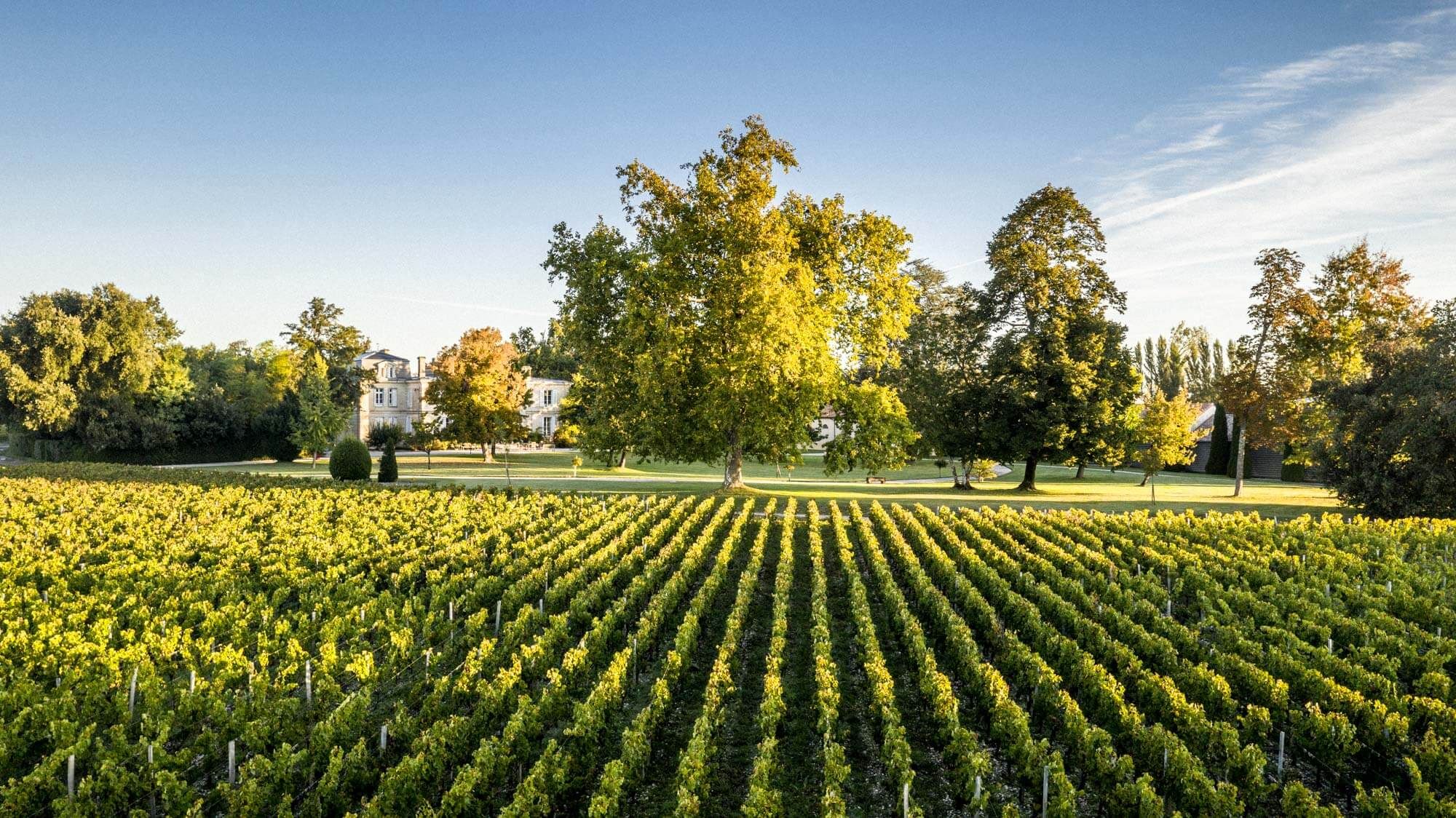Chateau Belgrave
AOC Haut-Médoc
Grand Cru Classé 1855
AOC Haut-Médoc
Grand Cru Classé 1855

Since 1979, Dourthe has been extremely privileged to manage operations at Château Belgrave, a large, classic estate and one of Medoc’s finest. Our team’s unstinting commitment is channelled into expressing the refinement, intensity and personality of this outstanding terroir. This Grand Cru Classé 1855 is a true quest for perfection.
A vineyard set out in a single block, where 95% of the vineyard has remained unchanged since 1855.
94/100
James Suckling
804
Metres of diverse plant species planted across the estate.


0
CMR / chemical fertilisers / pesticides / herbicides
30 Ha Cabernet Sauvignon
29 Ha Merlot
1 Ha Petit Verdot
2 hilltops of deep gravel overlying a clay subsoil, gravel-sandy soils and clay outcrops.
60 Ha
An exceptional wine, born of century-old skilled expertise.
Situated at the extremities of the St-Julien appellation, separated only by a stream, Château Belgrave is one of the Medoc’s oldest Cru vineyards. In 1855, given the exceptional quality of the property’s deep gravel soils, it was awarded 5th growth classification. The diversity of soils are well-suited to late-ripening varieties such as Cabernet Sauvignon and Petit Verdot, the latter now accounting for 4% of the vineyard.
The estate’s two gravel outcrops, at 23m and 26m respectively, are made up of gravel and ‘galet’ pudding stones dating back several thousand years and overlying a clay bedrock. The gravel thins towards the foot of the hillocks, gradually replaced by well-drained gravel and sand, and clay outcrops, which are particularly suited to cultivating Merlot.
Highly detailed soil mapping assists in our understanding of the diverse and complex terroir.

Significant efforts are channelled primarily into ensuring optimum fruit quality. To this end, in-depth studies have analysed the terroir at Château Belgrave, and the correlation between vine growth and the profile of the sub-soil and available water. 75% of the vineyard is now planted at a density of 10,000 vines per hectare.
This meticulous undertaking has allowed us to map the entire vineyard with precision, and identify specific zones within each parcel that ripen at the same rate.This in-depth understanding of the vineyard and terroir is instrumental in creating healthy grapes of consistent ripeness and craft highly consistent cuves.

Guyot Poussard

Traditional ploughing, mechanical weeding. Manual budstripping, desuckering, leaf thinning, and lateral shoots removal for Cabernet Sauvignon and Petit Verdot.

Eco-grazing and beehives. Organic and biological control agents as a priority. CMR pesticides banned. Sustainable cover planting, temporary sowing depending on plot vigour.

Grapes of inconsistent ripeness removed from mid-veraison as required. Harvesting carried out by hand, in crates and selectively. Optical sorting, while grapes are transfered by conveyor belt.

Château Belgrave is fitted out with winemaking and ageing equipment best suited to the terroir, and adapted to the diversity and character of grapes harvested selectively, in this way ensuring the most gentle winemaking techniques.
The extensive tank room has been entirely renovated, and now contains 33 stainless-steel tanks of varying sizes, including 6 small stainless-steel cone-shaped tanks. The barrel hall, which is partly buried underground, provides ideal conditions for ageing our wines.

Bertrand Delavelle, Estate Manager
Frédéric Bonnaffous, Chief Winemaker
To visit our site, you must be of legal age to purchase and consume alcohol according to the laws of your country of residence. If there is no such legislation, you must be at least 21 years old.
I accept these terms and conditions: No
Alcohol abuse is dangerous for your health, consume in moderation.